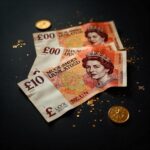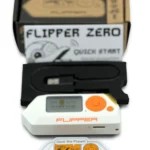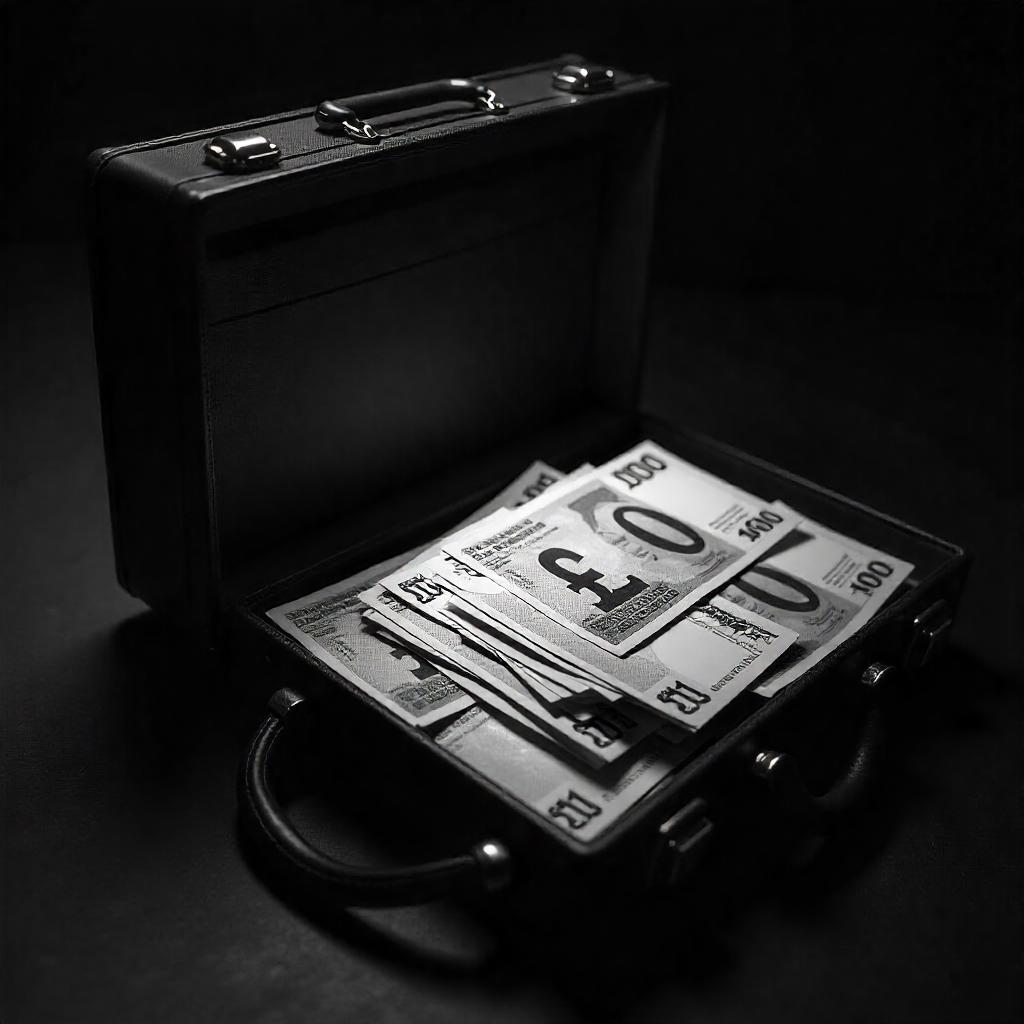Money is a vital part of our everyday lives, but not all cash is created equal. One of the most troubling issues faced by individuals, businesses, and governments worldwide is the circulation of fake banknotes—counterfeit currency designed to mimic real money. But what exactly are fake banknotes, how do they affect us, and how can you spot them? Let’s dive in.
Understanding Fake Banknotes
Fake banknotes are illegally produced copies of legitimate currency. Counterfeiters use sophisticated techniques to replicate the appearance of real banknotes, including printing fake designs, mimicking watermarks, and using similar textures. These fake notes are then circulated in an attempt to deceive people into accepting them as genuine money.
While counterfeit money has existed for centuries, technological advancements have made it easier for criminals to produce fake banknotes that are almost indistinguishable from real ones.
Why Are Fake Banknotes a Problem?
Fake banknotes can cause a wide range of problems, including:
- Economic Impact
- Counterfeit money undermines trust in the monetary system, leading to inflation and financial instability.
- Businesses and individuals lose money when they unknowingly accept fake notes, as banks do not reimburse counterfeit currency.
- Criminal Activity
- The production and circulation of fake banknotes often fund organized crime, illegal activities, and money laundering.
- Burden on Governments
- Governments must invest heavily in advanced security features and anti-counterfeiting technologies to stay ahead of counterfeiters.
How to Identify Fake Banknotes
Spotting a counterfeit banknote isn’t always easy, but many currencies are designed with security features to help you. Here are some common ways to identify fake notes:
1. Check the Texture
- Real banknotes are printed on special paper or polymer that feels different from regular paper. Fake notes often feel smoother or overly thick.
2. Look for Watermarks
- Most genuine banknotes include a watermark that is visible when held up to the light. Counterfeit notes may lack this feature or have poorly imitated watermarks.
3. Examine the Security Thread
- Many currencies have a security thread embedded in the note, often visible when held against the light. Fake notes may have printed or missing threads.
4. Inspect Holograms and Color-Shifting Ink
- Modern banknotes often include holographic images or ink that changes color when tilted. Fake notes may have static, dull imitations of these features.
5. Use UV Light
- Real banknotes often have ultraviolet (UV) features that glow under UV light, such as specific patterns or serial numbers. Fake notes usually lack these details.
6. Serial Number Irregularities
- Genuine banknotes have unique serial numbers. Repeated or strangely formatted serial numbers are a clear sign of counterfeit money.
Who Creates Fake Banknotes?
Counterfeit banknotes can originate from a variety of sources, including:
- Organized Crime Groups
- Many counterfeit operations are run by large criminal groups with access to advanced printing equipment.
- Amateurs
- Some counterfeiters operate on a smaller scale, using consumer-grade printers to create fake notes.
- Foreign Counterfeiters
- In some cases, counterfeit money is created in one country and smuggled into another to disrupt the economy.
Impact of Fake Banknotes on Society
Fake banknotes don’t just hurt individuals—they can have widespread consequences for society at large. These include:
- Loss of Trust in Cash: Frequent counterfeit incidents can lead to reduced confidence in cash transactions, pushing people toward alternative payment methods (e.g., digital payments).
- Financial Losses for Businesses: Retailers, vendors, and small businesses bear the brunt of counterfeit-related losses.
- Increased Costs for Governments: Counterfeit currency forces central banks to develop and implement costly anti-counterfeiting measures.
How Are Governments Combating Fake Banknotes?
Governments and central banks around the world are constantly innovating to stay ahead of counterfeiters. Some of the most common measures include:
- Advanced Security Features
- Modern banknotes incorporate sophisticated features such as 3D holograms, microtext, raised printing, and motion effects.
- Public Awareness Campaigns
- Educational campaigns teach citizens how to identify fake banknotes.
- Law Enforcement Efforts
- Governments work with law enforcement agencies to track and shut down counterfeit operations.
- Transition to Digital Payments
- Encouraging the use of digital payment methods reduces reliance on cash and minimizes counterfeiting risks.
What to Do If You Receive a Fake Banknote
If you suspect you’ve received a counterfeit note, here’s what to do:
- Do Not Use It
- Using counterfeit money is illegal, even if you received it unknowingly.
- Report It
- Contact your local law enforcement or bank immediately. Provide them with as much information as possible about where and how you received the note.
- Avoid Confrontation
- If you suspect someone is intentionally passing counterfeit money, avoid confrontation and notify authorities instead.

 Counterfeit notes
Counterfeit notes Cloned cards
Cloned cards Bitcoin mining machine
Bitcoin mining machine Flipper zero
Flipper zero
I would like to thank you for the efforts you’ve put in writing this site. I am hoping the same high-grade website post from you in the upcoming as well. Actually your creative writing abilities has encouraged me to get my own blog now. Really the blogging is spreading its wings fast. Your write up is a good example of it.